Research Topics
Jet Flow Control using DBD Plasma Actuator
The purpose of this study is to control the diffusive mixing of gases ejected from a nozzle, which is widely used in industry. For this purpose, we have designed and developed a circular nozzle with a DBD plasma actuator (DBD-PA). The DBD-PA uses electromagnetism and can be driven at frequencies as high as several kHz, which enables advanced control that cannot be achieved with mechanical systems. The study targets air jets and combustible gas jets. By controlling the period of the vortex rings generated in the jet, we can enhance or suppress the diffusive mixing of the jet.
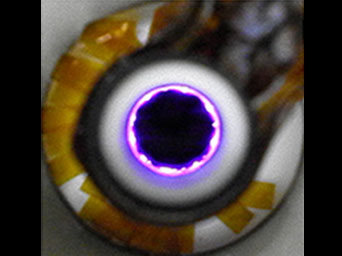
DBD plasma in the circular nozzle
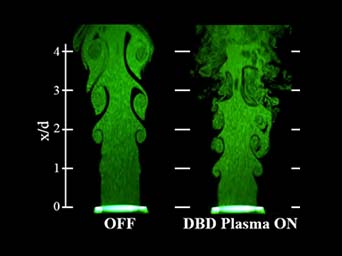
Control of jet flow by DBD-PA
Combustion Control using DBD Plasma Actuator
As an application of the research on "jet flow control using DBD plasma actuators", we are studying the control of burner combustion (lifted flame). The fuel gas to be controlled is a combustible gas assumed to be biogas. By using DBD-PA, the vertical oscillation of the lifted flame is suppressed, and the flame loss is suppressed, and the combustible range is expanded.
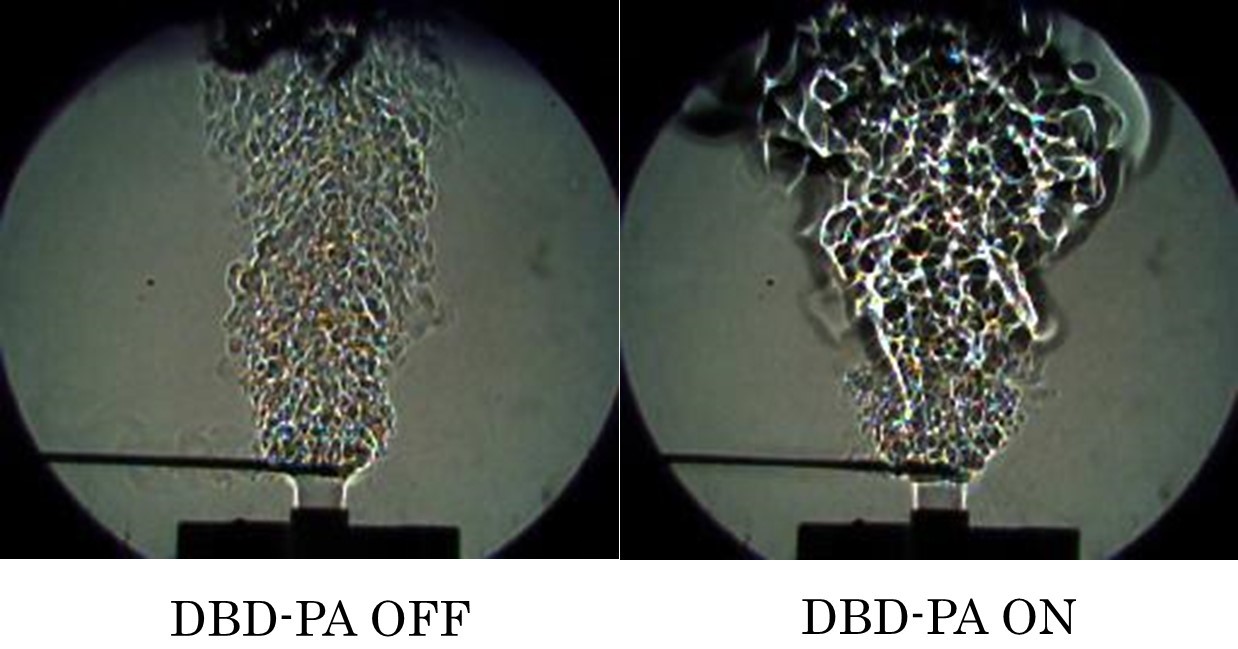
Visualization of unburned portions by the Schlieren
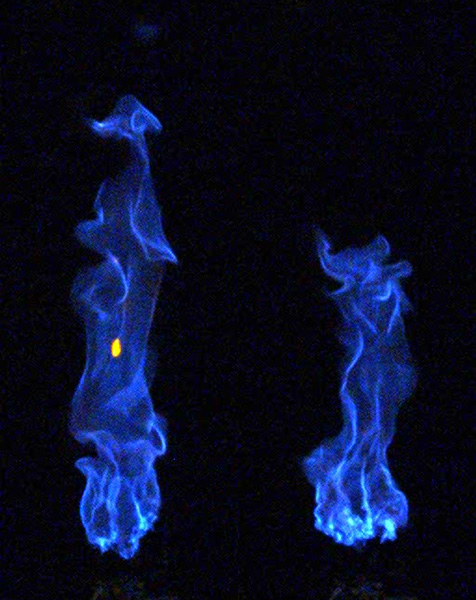
Control of lifted flames by DBD-PA
Hydrogen Generation Cycle by Effective use of Solar Heat
The use of fossil fuels causes global warming. Hydrogen combustion, which does not emit carbon dioxide, has been attracting attention, but the process of industrial hydrogen production currently emits carbon dioxide. This is because hydrogen is produced by reforming fossil fuels. In order to generate hydrogen without emitting carbon dioxide, we are studying a hydrogen generation cycle using solar heat. The hydrogen is generated by evaporating zinc with solar heat obtained by focusing sunlight with a Fresnel lens and reacting the generated zinc vapor with superheated steam. We are also experimenting with the thermal dissociation of zinc oxide, which is produced during the reaction of zinc vapor and superheated steam, into zinc and oxygen by heating it with solar heat. By recycling the zinc obtained from the thermal dissociation process, we aim to generate a large amount of hydrogen with a small amount of resources.
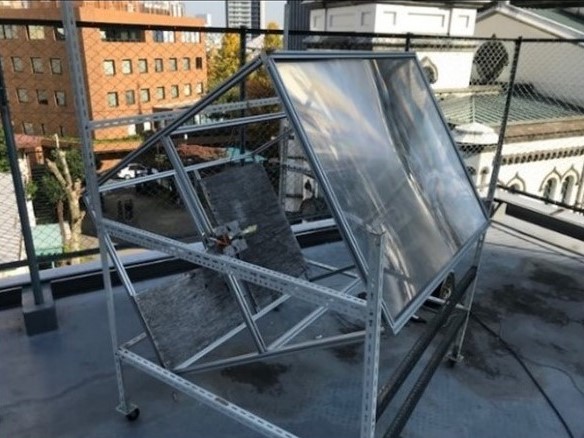
Sunlight concentrator
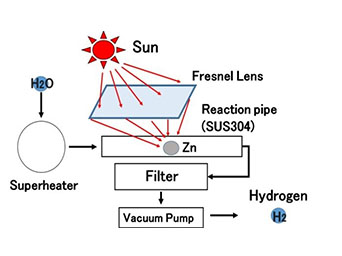
Schematic diagram of the experiment
